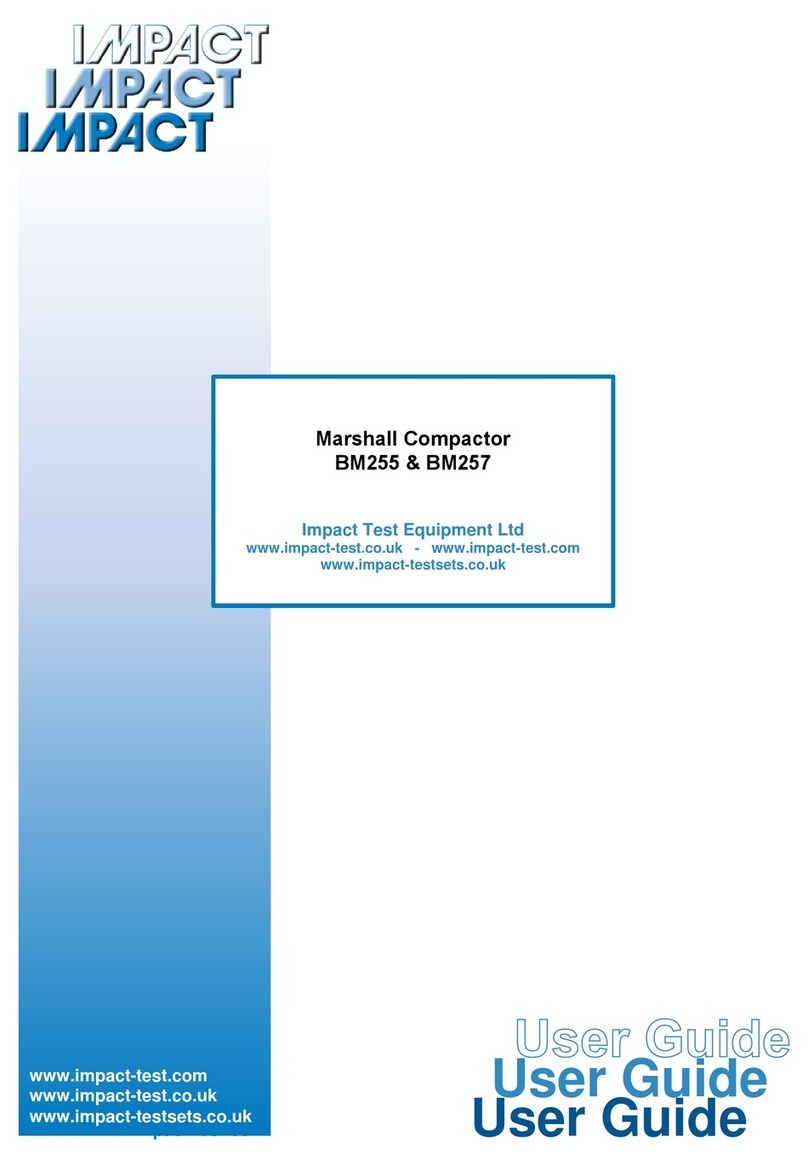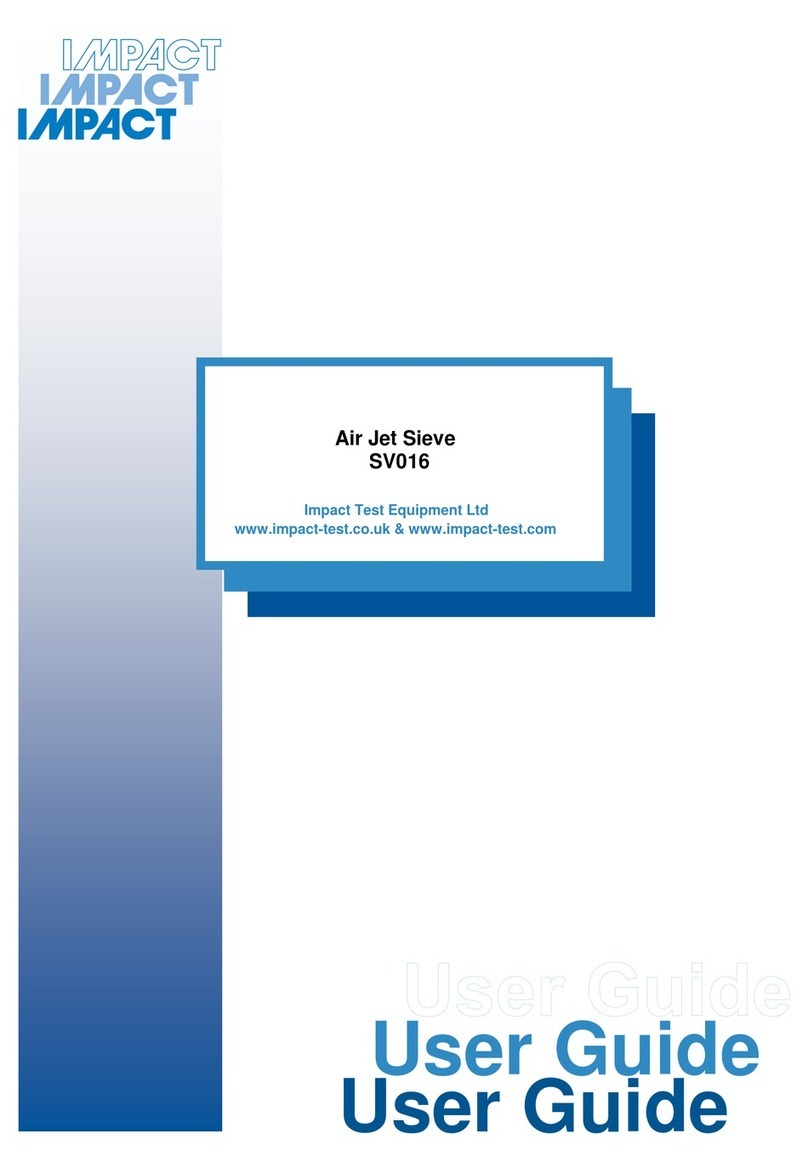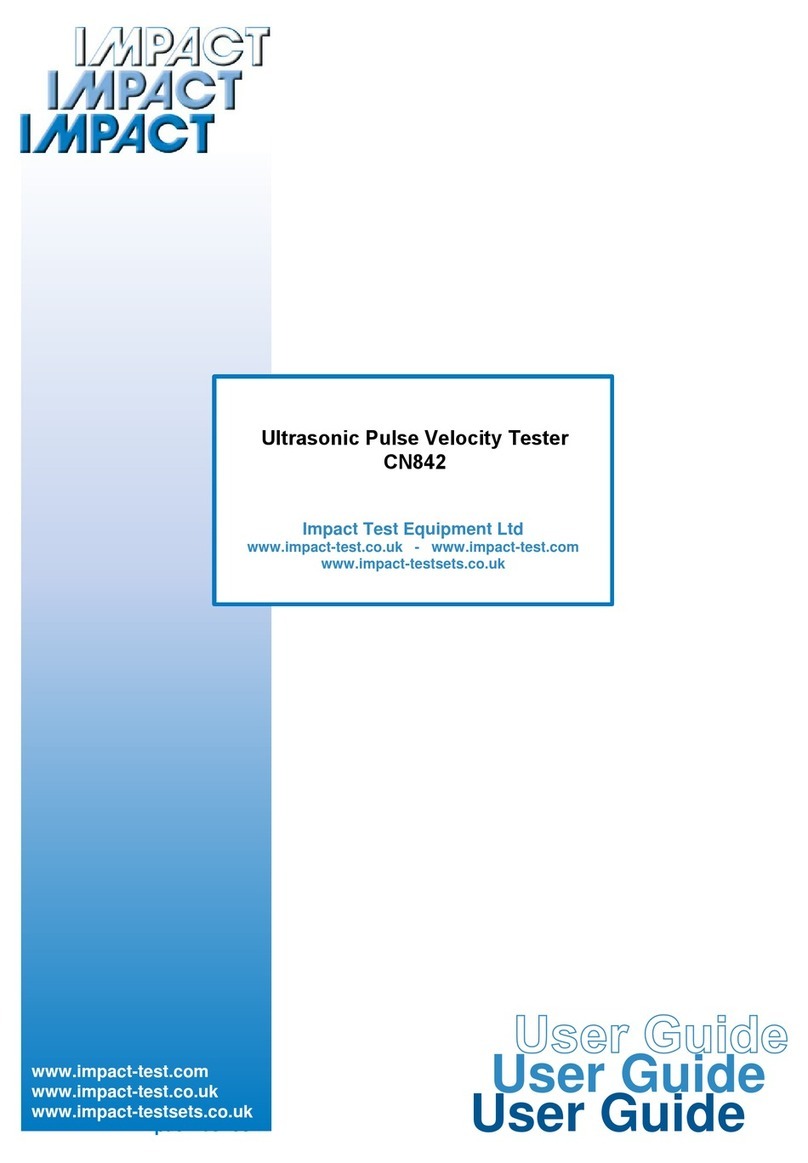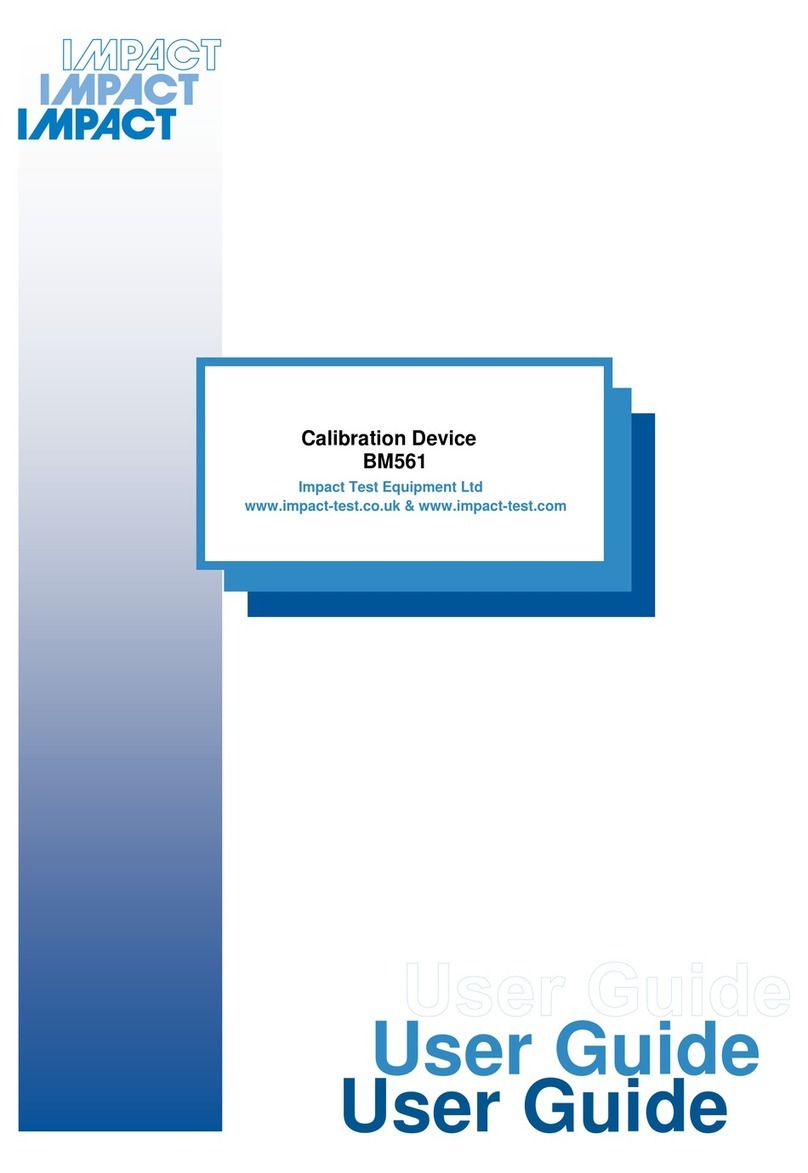
4
Chapter 2 SAFETY INFORMATION
2.1 GENERAL SAFETY STANDARDS
•The use, lifting, installation, maintenance and scrapping of the machine must only be carried
out by qualified staff.Qualified people are those who are authorised to carry out any activities due to
their experience and knowledge of the machine operation and the standards, rules and regulations.
The user must be taught about the machine operation to avoid misuse of it and about the safety devices,
which the machine could be eventually equipped with. The safety devices will have to be kept assembled
and checked daily.
The manufacturers offer training and assume no liability for any damages due to a misuse of the
machine by unskilled staff.
•The manufacturer recommends carefully following the instructions and procedures of the operating
manual and the safety standards concerning the safety devices and the general regulations governing the
work environment.
•Verify the conformity of the machine to the standards in force in the country where the machine is to be
installed.
•The operating manual must be read carefully by the safety supervisor, by the operators and maintenance
engineers. It must always be kept near the machine.
•Any tampering or modifications to the machine (electric, mechanical etc.) are not allowed without the
written agreement of the manufacturer and the manufacturer will not accept any damages in respect of
modifications.
•The removal of or tampering with safety devices will be an infringement of the EEC Safety Standards.
The manufacturer assumes no liability for any damages.
•The machine has to be installed in a place safe from fire and explosion.
•We recommend using only original spare parts and accessories; otherwise the manufacturer assumes no
liability.
•Take care to avoid dangerous situations during operation; on malfunction immediately stop the machine
and contact the manufacturer or Authorised Service Staff of the dealer at once.
The manufacturer assumes no liability for any damage caused to persons or property if the general safety
standards or the instructions of this manual are not followed.
2.2 SAFETY SYSTEMS
MEANING: Safety devices are all the safety measures using specific equipment (guards, cages etc.) to
protect the operator from any danger that couldn’t be avoided when the appliance was designed.
DANGER The removal of safety devices or tampering with the machine could cause risks to
the operator or any other persons.
The manufacturer assumes no liability for any damage caused to persons or
property due to tampering with safety devices.
•PASSIVE SAFETY DEVICES
These devices don’t require any action or intervention to be operational.
2.3 DANGEROUS PARTS AND RESIDUAL RISK
Take care inside and around the machine where the operator could be wounded or damaged.
During some procedures the operator may face some risk ff danger. The risks can be eliminated by carefully
following the procedures in this manual and using suitable safety devices.
The main switch also acting as emergency switch.
For active safety devices are meant all those devices avoiding or reducing the risks for the operators. These
devices require an active and aware intervention to be operated.
































